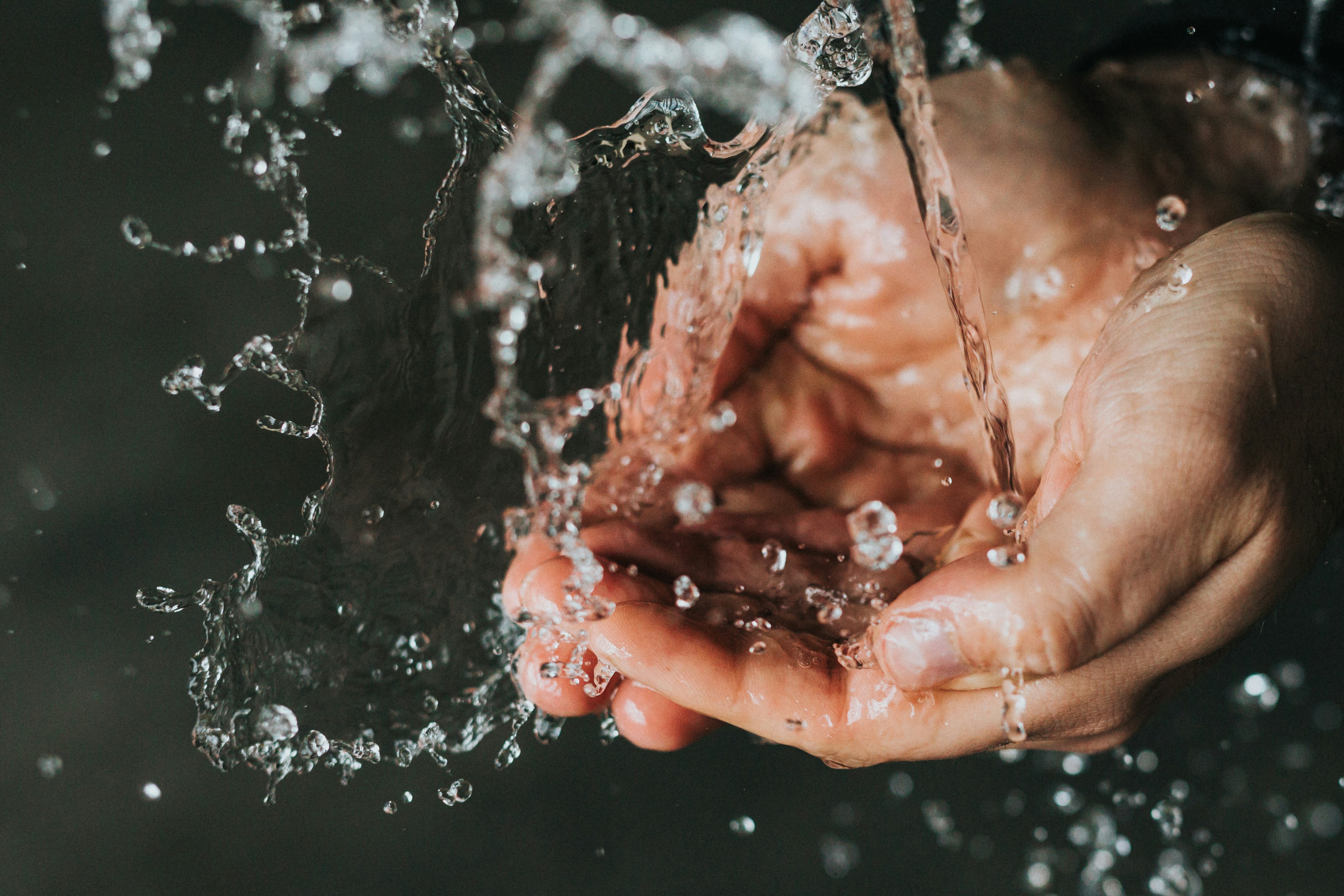Clean Water and Sanitation for All: A Thirst for Equality and Sustainability
March 2025
Sustainable Development Goal 6 (SDG 6): Clean Water and Sanitation seeks to ensure the availability and sustainable management of water and sanitation for all by 2030. While access to clean water is a basic human right, the reality in 2025 shows that billions of people still lack this fundamental necessity—threatening health, dignity, and development across the globe.
Global Access Still Unequal
As of 2025, over 2.2 billion people still lack safely managed drinking water, and 3.5 billion lack access to safely managed sanitation services, according to the latest data from the World Health Organization (WHO) and UNICEF.
In low-income and rural communities, people—often women and children—spend hours each day collecting water. The burden is even heavier during droughts or climate-induced water shortages, putting families and economies under immense strain.
“Clean water and sanitation are not just about health,” said Inger Andersen, Executive Director of UNEP. “They are about human dignity, gender equality, education, and environmental justice.”
Health Impacts and Waterborne Diseases
Lack of access to clean water and sanitation leads to preventable diseases such as cholera, typhoid, and diarrhea, which remain leading causes of death in children under five. Inadequate sanitation is also linked to stunting, poor nutrition, and school absenteeism—particularly for girls during menstruation.
Globally, over 700 children under age 5 die every day from diseases linked to unsafe water, sanitation, and poor hygiene (WASH). This makes access to WASH services not only a development issue but a life-or-death matter.
Climate Change and Water Stress
Climate change is intensifying water insecurity. Droughts, floods, and changing rainfall patterns are threatening water availability and damaging infrastructure. In some regions, groundwater sources are depleting faster than they can be replenished, while others face contamination from industrial waste or agricultural runoff.
By 2030, an estimated 1 in 2 people worldwide will live in water-stressed regions unless urgent action is taken.
Investments in climate-resilient water infrastructure, sustainable farming, and better governance are critical to ensure water security in a changing world.
Solutions Through Innovation and Inclusion
Despite the challenges, there are many promising developments. In countries like Bangladesh and Ethiopia, solar-powered water systems and low-cost latrines are improving access in remote communities.
In India, the Swachh Bharat (Clean India) Mission has helped build over 100 million toilets since 2014, improving sanitation for millions. Meanwhile, public-private partnerships are helping cities like Cape Town and São Paulo recycle wastewater and implement smart water management systems.
Community-led solutions, especially those led by women, are also proving to be powerful in creating lasting impact. Programs that train women in water monitoring, maintenance, and advocacy are changing gender norms and improving household well-being.
Education, Behavior Change, and Policy
Access is only part of the solution. Sustained progress depends on education, hygiene awareness, and policy enforcement. Behavior change campaigns—especially in schools—are teaching children the importance of handwashing and proper sanitation, reducing disease transmission and creating healthier generations.
Governments and international organizations are being called to increase investment, strengthen regulatory frameworks, and prioritize water as a public good, not a commodity.
A Call to Action: Leave No One Behind
Water is life. Yet millions live without it. Achieving SDG 6 is foundational to all other goals, from health and education to gender equality and climate action.
“Water and sanitation are at the heart of human development,” said Gilbert Houngbo, Chair of UN-Water. “We must accelerate efforts, embrace innovation, and ensure that no one—no matter where they live—is left behind.”
As the clock ticks toward 2030, the message is clear: A sustainable future is only possible when everyone has access to clean water, safe sanitation, and dignity.





